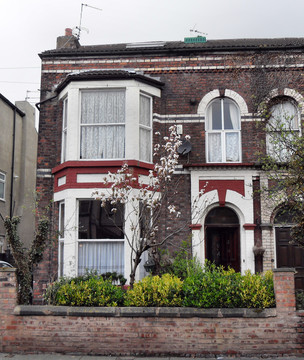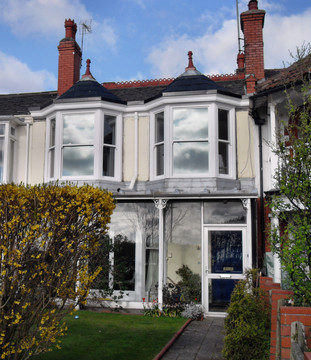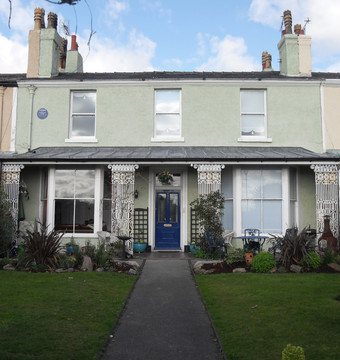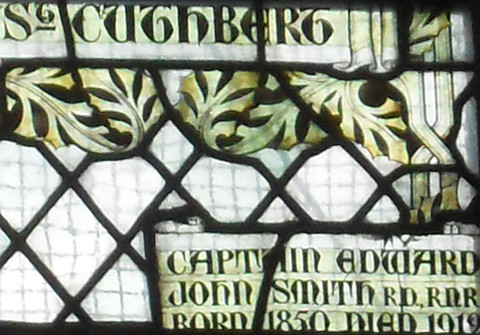Captain Edward John Smith
Edward John Smith was born on 27th January 1850 at 51 Well Street, Hanley, Stoke-on-Trent, England. His parents, Edward Smith, a potter, and Catherine Hancock, née Marsh, had married on 2 August 1841 in Shelton, Staffordshire and later owned a shop. Smith attended the Etruria British School until the age of 13 when he went to Liverpool to begin a seafaring career.
Edward Smith began his apprenticeship on Senator Weber owned by A Gibson & Co., Liverpool. He spent the next 40 years based on Merseyside, living variously at the Seamen's Home; Hanover St; Berkeley St, Toxteth; and then in the suburb of Tuebrook. Smith joined the White Star Line in March 1880 as the Fourth Officer of SS Celtic. He served aboard the company's liners to Australia and to New York City, where he quickly rose in status.

In 1887, Smith received his first White Star command, the Republic. Shortly after his marriage to Sarah Eleanor Pennington on Tuesday 12 July 1887 the couple moved to 39 Cambridge Rd, Waterloo (right). In 1888, Smith earned his Extra Master's Certificate and joined the Royal Naval Reserve, later attaining the rank of commander in the Royal Naval Reserve.

In Kelly's street directory for 1891 Captain Smith is recorded as living at 4 Marine Crescent, Waterloo (left). Smith was Majestic's captain for nine years commencing in 1895. His daughter, Helen Melville Smith (1898-1973) was born on Saturday 2nd April 1898.

Captain Smith must have liked this road as he moved to live at number 17 Marine Crescent, (right) between 1898 and 1907. It was here in May 1903 that Captain Smith made his will, leaving everything to his wife (so long as she did not remarry). The house is just a short distance from 13 Beach Lawn, the childhood home of his employer, J Bruce Ismay.
Smith built a reputation as one of the world's most experienced sea captains, and some passengers would only sail the Atlantic in a ship that he commanded. He became known as the "Millionaires' Captain" because England's upper class generally preferred to sail on ships that he captained.
From 1904 onwards, Smith commanded the White Star Line's newest ships on their maiden voyages. In 1907 The White Star Line moved their transatlantic service from Liverpool to Southampton and so Captain Smith and his family moved to an imposing red brick, twin-gabled house, named "Woodhead", on Winn Road, Highfield, Southampton. Sadly, this building no longer exists.
On June 14th 1911 Smith was called upon to take first command of the lead ship in a new class of luxurious ocean liners, the Olympic – the largest vessel in the world at that time, and the sister-ship of the Titanic. On 1 April 1912 Captain Edward Smith formally took command of the Titanic at Belfast. At 11:40 pm on 14 April, Titanic struck an iceberg on its Maiden Voyage in the North Atlantic. The ship sank two hours and forty minutes later, killing an estimated 1,500 people, including Captain Smith.

It is not known how Smith died, but it is generally believed that he was on the bridge at 2:13 am, seven minutes before the sinking and went down with his ship. His body was never recovered. In Liverpool's Anglican Cathedral there is a memorial window to Captain Smith (right).
